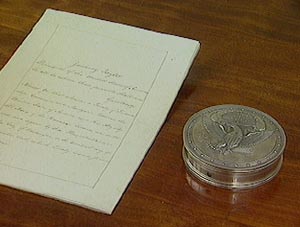|
United States Constitution, Article VI § 2
This Constitution, and the Laws of the United States which
shall be made in Pursuance thereof; and all Treaties made, or which
shall be made, under the Authority of the United States, shall be
the supreme Law of the Land; and the Judges in every State shall
be bound thereby, any Thing in the Constitution or Laws of any
State to the contrary notwithstanding.
|
|
"So here they're admitting that the invasion, overthrow, occupation, annexation, starting in 1893, on up, violated all these treaties, violated basic norms of international law... It even violated the terms of the United States Constitution at the time where treaties were the "supreme law of the land." So again, legally you're in a much different, much better situation than Native Americans."
|

Prof. Francis A. Boyle
Dec. 28, 1993 |
|

